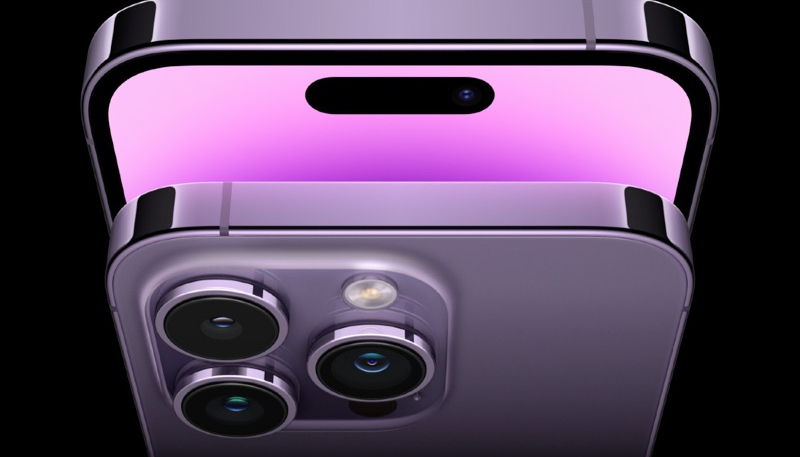A new report by The Elec says the iPhone 14 Pro’s display, which features a pill-shaped cutout at the top used by the handset’s “Dynamic Island,” required Apple to request that display provider Samsung use a more advanced production method that would protect the surrounding display from possible damage and loss of image quality.
The report says Apple asked Samsung to use additional inkjet equipment when producing its high-end iPhone displays to create the cutout while preserving the surrounding OLED panel.
According to the industry on the 28th, it was found that Samsung Display used additional inkjet equipment in the entire process of mass-producing organic light emitting diode (OLED) of the Pro lineup (Pro/Pro Max) in the Apple iPhone 14 series released this year. Samsung Display used inkjet equipment only for the thin film encapsulation (TFE) process that protects OLEDs from moisture and oxygen until the iPhone 14 regular and plus models released this year and the iPhone 13 series last year. In this year’s iPhone 14 Pro lineup, inkjet equipment was additionally used after forming thin film encapsulation and touch electrodes (Y-OCTA).
This is because of the first hole display applied to the iPhone 14 Pro lineup. To make a hole (hole) for the front camera lens, etc. at the top of the OLED screen, a hole must be drilled in the post-process (module process). It can be. If the thin film encapsulation is damaged, the OLED is exposed to moisture and oxygen, and the life span of the product is drastically shortened.
For this reason, Samsung Display is known to have used inkjet equipment to build a dam that separates the hole from the rest of the area after making thin film encapsulation and touch electrodes in the iPhone 14 Pro lineup OLED, and to flatten areas with uneven heights. Samsung Display was able to carry out this process using a laser rather than inkjet equipment, but it is said that Apple preferred the inkjet method.
LG Display, Apple’s other display supplier, also used the same method for its batch of displays for the iPhone 14 Pro and iPhone 14 Pro Max.


